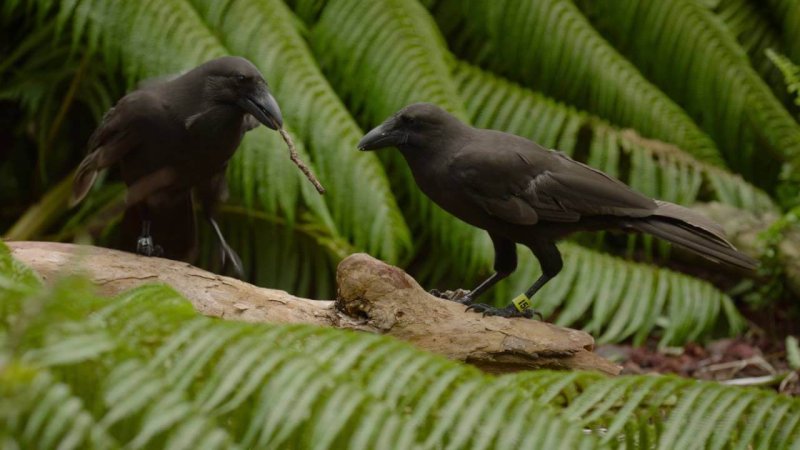Disease, predators and shrinking habitats led to a complete loss of Hawaii’s only remaining lineage of the crow family, the ‘alalā (Corvus hawaiiensis), in the wild. A captive breeding program led by San Diego Zoo Global managed to save nine ‘alalā and has successfully bred around 140 more. But the San Diego scientists wanted to do better; the captive birds had low hatching success and signs of poor genetic diversity due to inbreeding.
…
By producing a high-quality genome assembly, scientists can pinpoint problems that may be accelerating a species’ path to extinction and use that information to guide breeding and other programs for more successful outcomes.
With this in mind, a research team from San Diego and the University of Hawaii used an advanced DNA sequencing technology from Pacific Biosciences to create one of the most complete genome assemblies ever produced for a bird.
…
By employing conservation genomics approaches effectively early on, long before a plant or animal species is on the brink of extinction, we can begin preserving ecosystems when the odds of success are best, rather than when the situation is so dire that rescuing the species requires herculean effort.
Read full, original post: Something to Crow About: The Rise of Conservation Genomics































